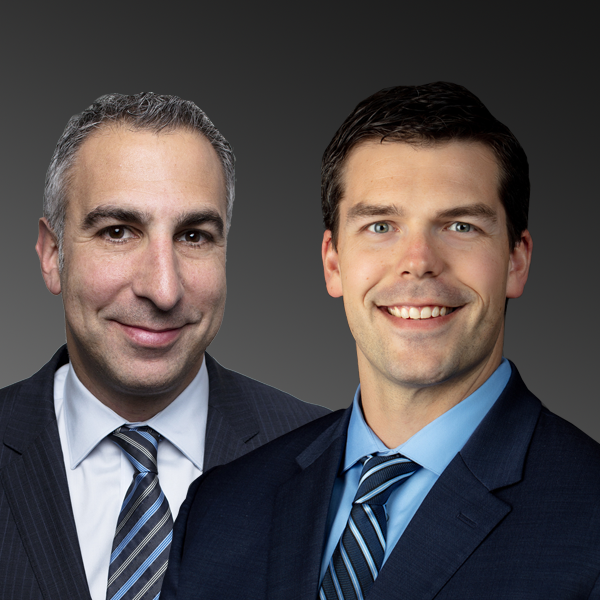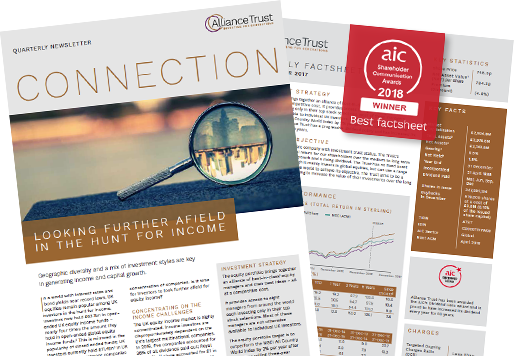Revenue reserves and dividend cover
If you rely on income from an equity-focused portfolio to help pay the bills, then you probably like the idea of reliability. After all, life is more secure when you can pretty much count on consistent dividend payouts that don’t fluctuate dramatically and ideally trend gently upwards from year to year.
It’s no secret that investment trusts have a major advantage over their open-ended peers in this regard. Whereas open-ended funds are obliged to distribute all the dividend income they receive from the companies they hold, investment trusts are allowed to hold back up to 15% each year. Those retained revenues enable trusts to ‘smooth’ distributions from year to year, maintaining or growing their payouts even in bad years when investee companies have had to cut or suspend their dividends.
Last year, of course, was a prime example. UK dividends fell by 44% in 2020, as the impact of Covid-19 on the economy forced cuts worth almost £40 billion.[1] That hit many equity-focused funds hard, as they faced declines of between 15% and 45% in revenue earnings.[2]
Unsurprisingly, faced with such significant dividend shortfalls, 65% of investment trusts with a yield of 1% or more – including Alliance Trust – drew on their reserves to top up shareholders’ payments, according to figures from the Association of Investment Companies.[3] As a consequence, 85% of those trusts were able to increase or maintain shareholder distributions in 2020, despite the economic carnage. In contrast, only 23% of comparable open-ended funds managed to do so.[4]
Consistent dividend growth is an idea that the AIC put to excellent use with the launch of its ‘dividend heroes’ in 2009, at a time when interest rates were being slashed in the aftermath of the 2008/09 financial crisis. Even back then, the AIC reported that 33 of the 159 investment trusts with 10-year records had increased payouts year on year for at least a decade, with four (including Alliance Trust) boasting dividend growth records of more than 40 years.
Over the past 12 years the annual dividend heroes roll call has become firmly established. Six trusts have chalked up annual dividend increases over 50 years or more, while Alliance Trust, with a 3% rise in dividends for 2020, is one of the three ‘superheroes’ to lead the field on 54 years.
Dividend hero trust boards, and their investors, also keep a close eye on the level of ‘dividend cover’ - the number of times that the trust’s dividend could be distributed to shareholders from existing retained revenues. Again, Alliance Trust is impressively positioned. Even after using £10 million from its revenue reserves to top up shareholder distributions to £47 million in 2020, the trust still has almost £100 million of reserves – enough to pay more than two further years of dividends, even if there were no income at all generated from the underlying portfolio.
Prudent management is reassuring, of course: income-seeking investors can take comfort from strong reserves in the face of years of massive dividend disruption like 2020. Nonetheless, as investment trust commentator Andrew McHattie points out, the issue of reserves “is a balancing act for boards, because revenue that is kept for reserves cannot be distributed now, so building ever-larger reserves does not make great sense if they are never likely to be used. The prevailing wisdom seems to be that reserves covering one to two years of dividends is reasonably adequate.”
Is there a risk, then, that boards with very large reserves are being over-prudent by not paying out to shareholders as generously as they might? That’s a particularly pertinent question for Alliance Trust shareholders, given that the board has announced it will seek approval at the AGM to convert the £645 million merger reserve (a legacy from its 2006 merger with the Second Alliance Trust) into distributable reserves.
If that conversion goes ahead, the trust will have distributale reserves of almost £745 million, covering the most recent dividend payout in full 16 times, according to broker Kepler.[5] To put it another way: in terms of topping-up a protracted dividend shortfall, the trust would be able to fund a £10 million dividend gap for the next 75 years. That may sound excessive for a rainy-day fund, but it’s important to have a clear understanding of how those reserves are used.
It is all too easy, even for investment professionals, to convey the impression that a trust’s undistributed income is somehow ‘ring-fenced’ – a pot of cash sitting idle, ready for rainy days down the line. But that’s far from the truth.
As Mick Gilligan, head of portfolio services at broker Killik, puts it: “At one level, reserves are simply an accounting issue” - an entry in the books to show retained revenue. “It's not as if these reserves have to be kept in cash or low-risk investments. Whether a trust has five years or 25 years of reserves, in theory, should not make any difference to the portfolio management approach.”
If reserves are called upon to top up a trust’s dividend income, therefore, either cash holdings will be used or securities will have to be sold; either way, effectively that element of the payout will be a distribution of capital, and will mean a slight reduction in net asset value per share.
Conversely, if reserves are not needed because markets have been strong and dividend income has been plentiful, the money remains productively invested in line with the wider portfolio. But it’s still earmarked as revenue, providing the flexibility for any dividend top-up needed to preserve a progressive dividend policy when times get harder. Moreover, as Gilligan observes, strong reserves also give the managers the capacity to shift investment focus somewhat, for instance towards markets with a less reliable dividend culture.
“Who knows how Alliance Trust's asset allocation will evolve in future? It may be that more capital gets allocated to markets that do not have a progressive dividend culture like the UK and the US (for example, Asia or emerging markets, where dividends are typically based on pay-out ratios). Such a shift would likely put a greater reliance on reserves,” he says.
“Also, if we get a major leap up in inflation, it may be necessary to have a big jump up in dividends to keep pace, and this could really eat into those reserves. So no, I don't think the trust’s current stance is excessively prudent.”
However, perhaps investment trust investors are not getting as much information about how dividends have been paid, and ‘dividend cover’ in particular, as they need at a time when use of revenue reserves has been so widespread. A recent note from broker Stifel argues that in what remains a highly uncertain dividend climate, the extent of a trust’s dividend cover becomes much more important for investors reliant on a progressive dividend approach.
“Whilst a significantly uncovered dividend may be unpalatable for a board to report on, we think that cover is a key metric for shareholders, especially for income funds and a cover figure should be provided in every report & accounts. and that trust boards in general therefore need to be more transparent about levels of dividend cover,” comments the broker.
“We also think it would be helpful if boards could give some indication as to how they expect the investment company’s revenue to change during the coming financial year, based on the manager’s forecasts of dividends from investee companies.”
Dividend hero investment trusts are a great focus for long-term income investors keen to avoid unexpected dividend shocks. The signs suggest that those trusts’ capacity to supplement current earnings from deep revenue reserves may become a more central consideration in coming years. Alliance Trust is well-placed to deliver if so.






